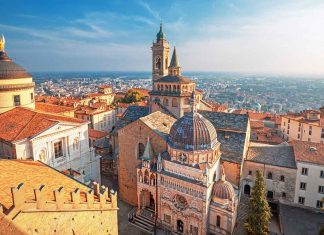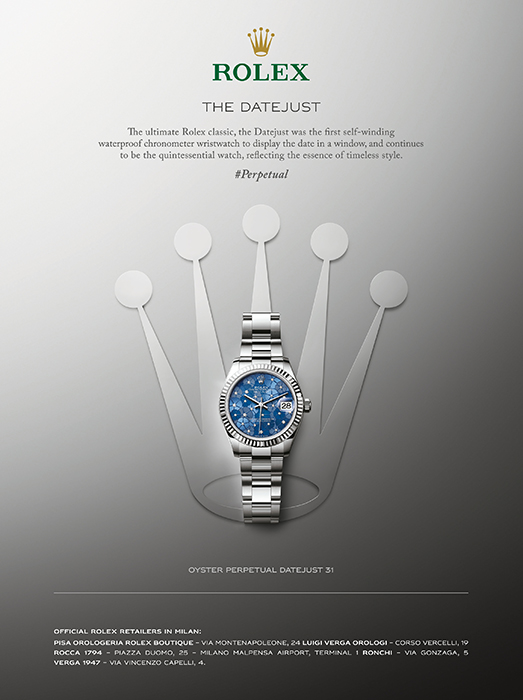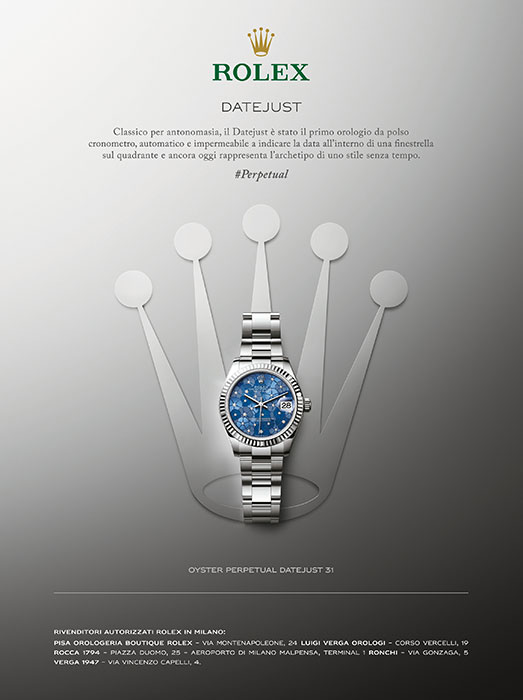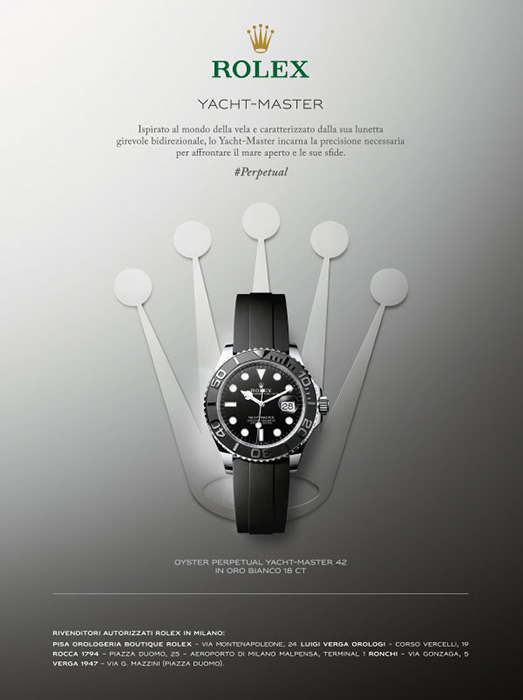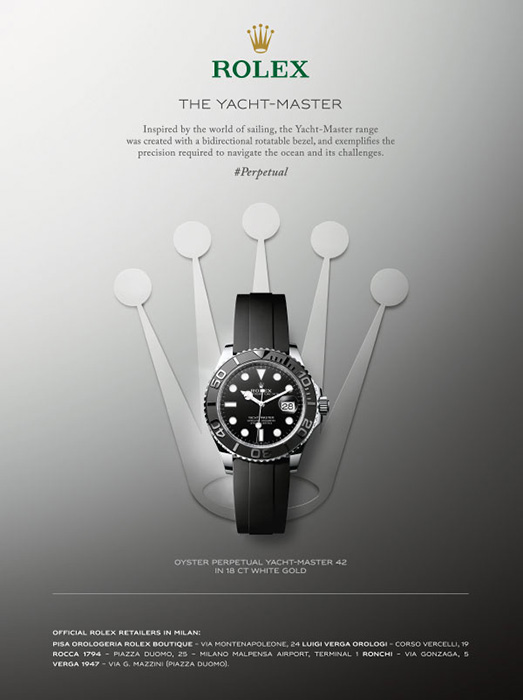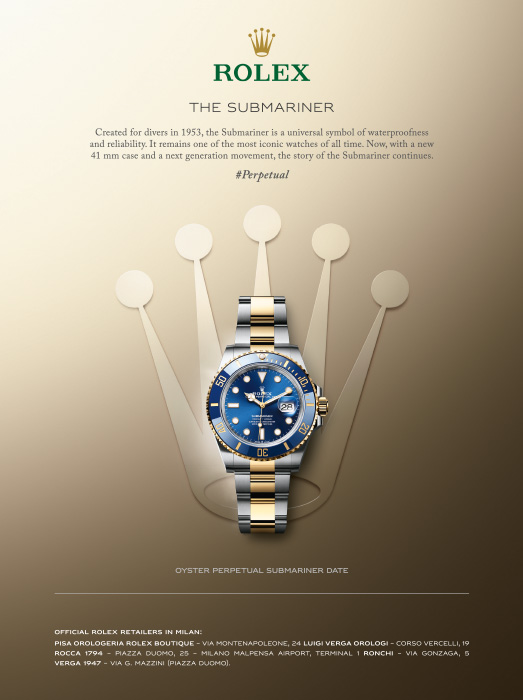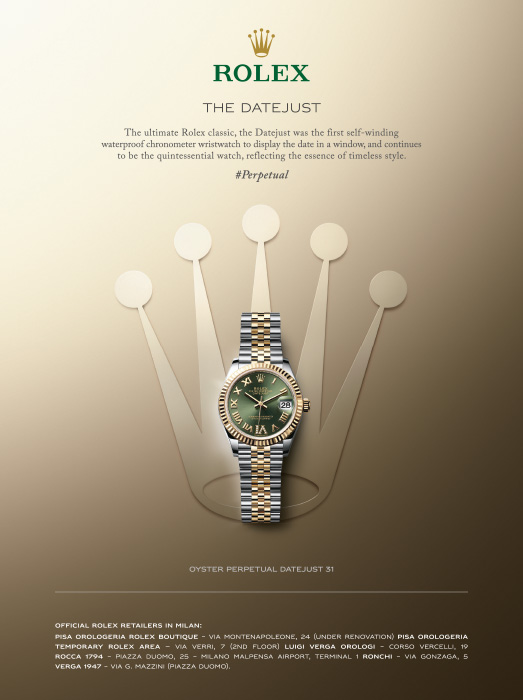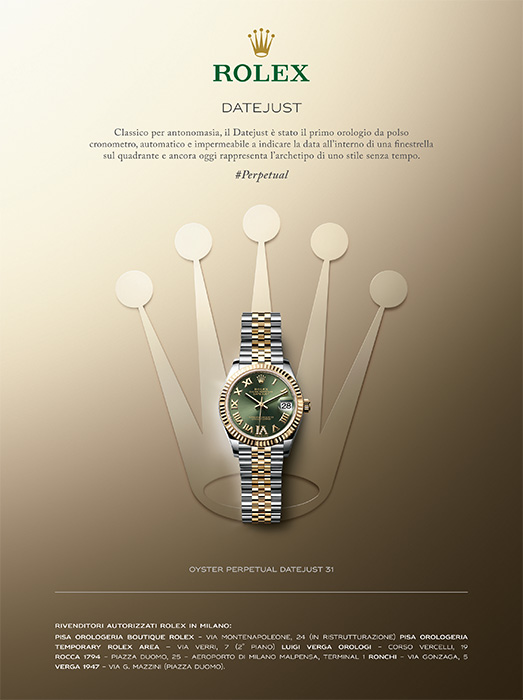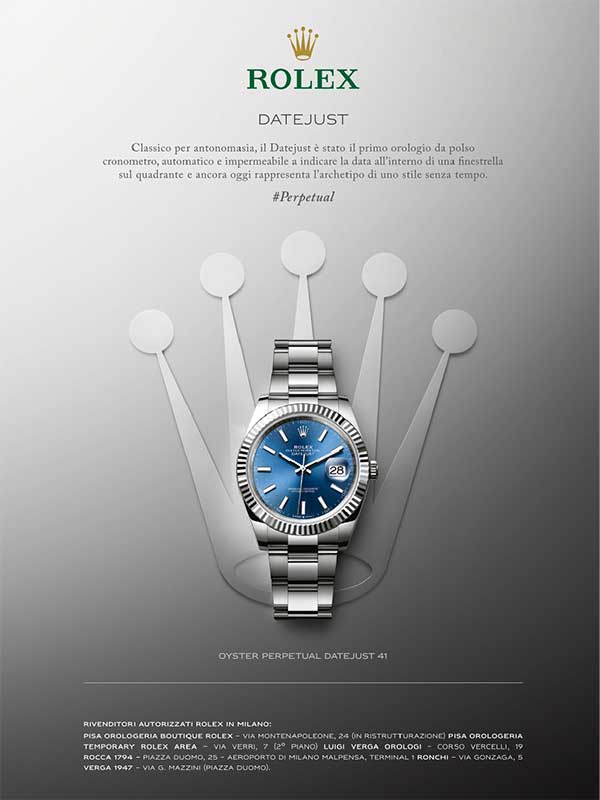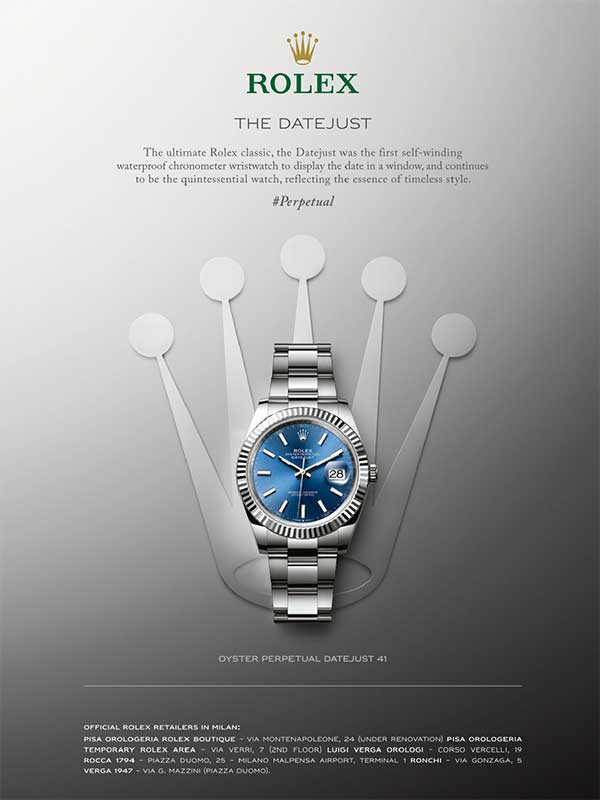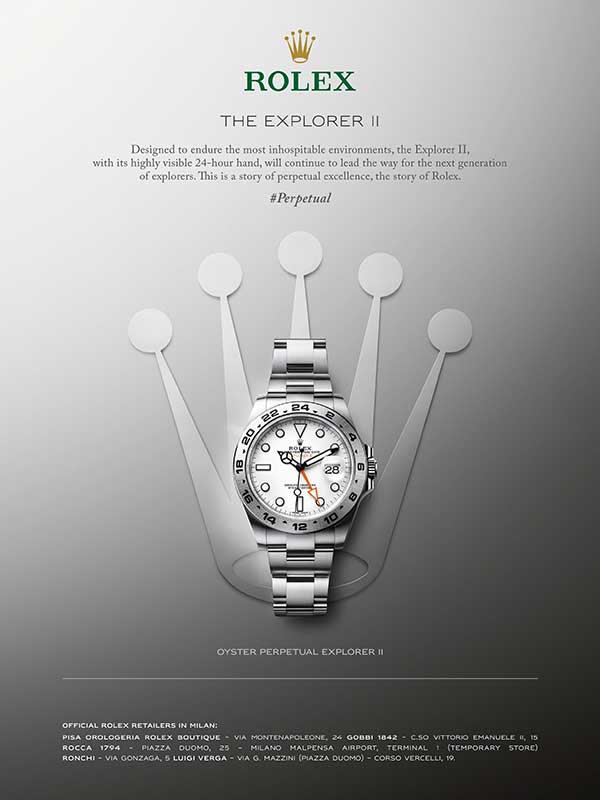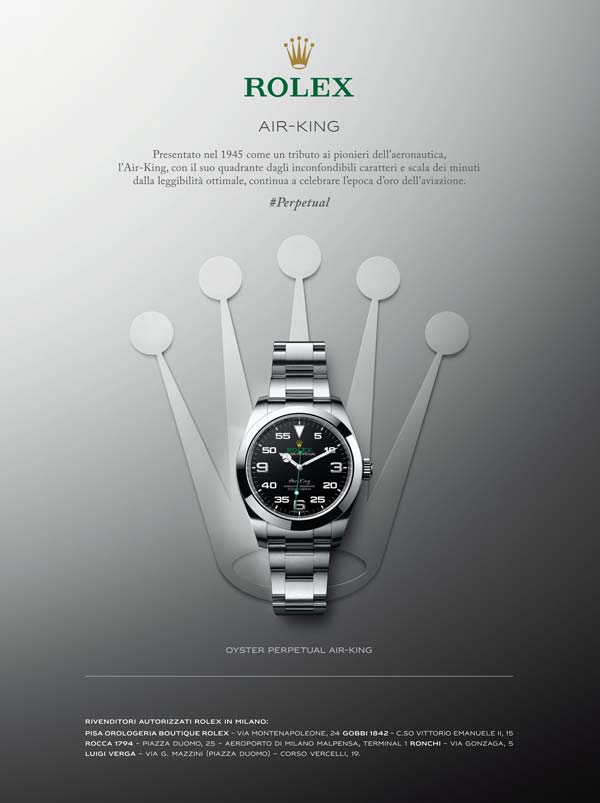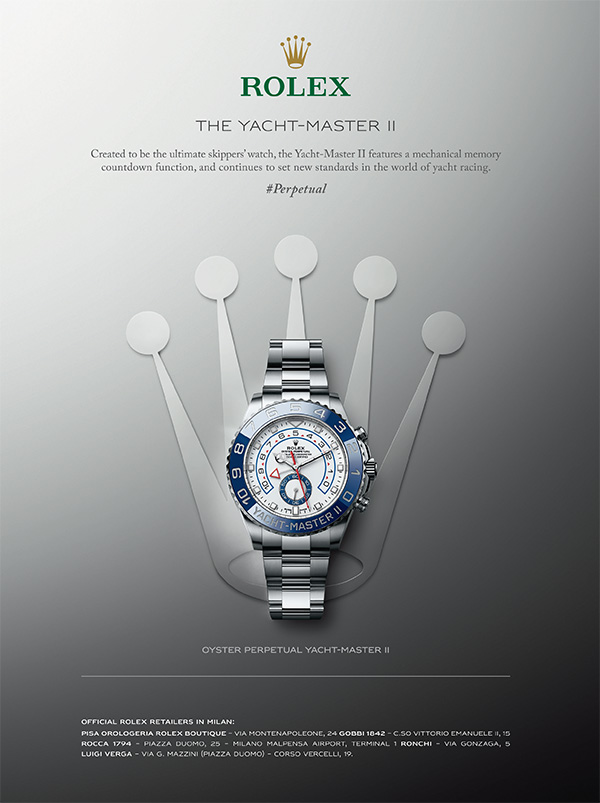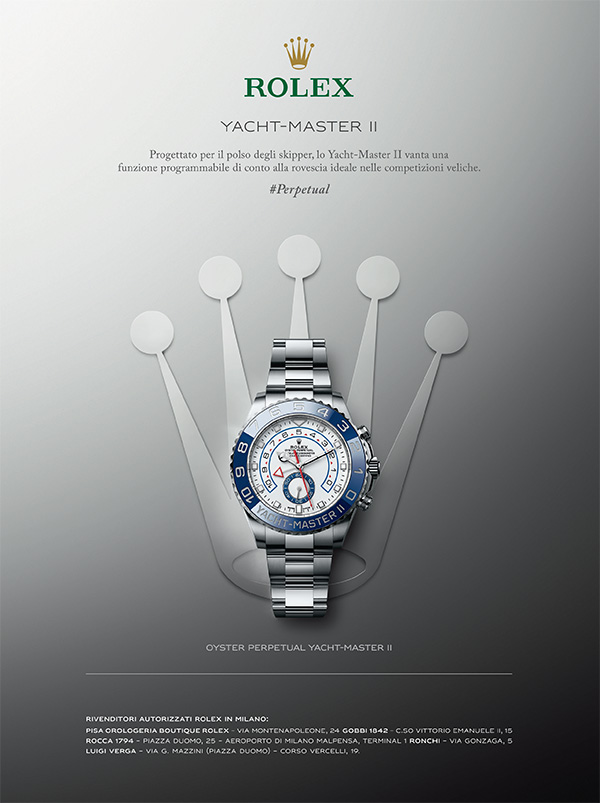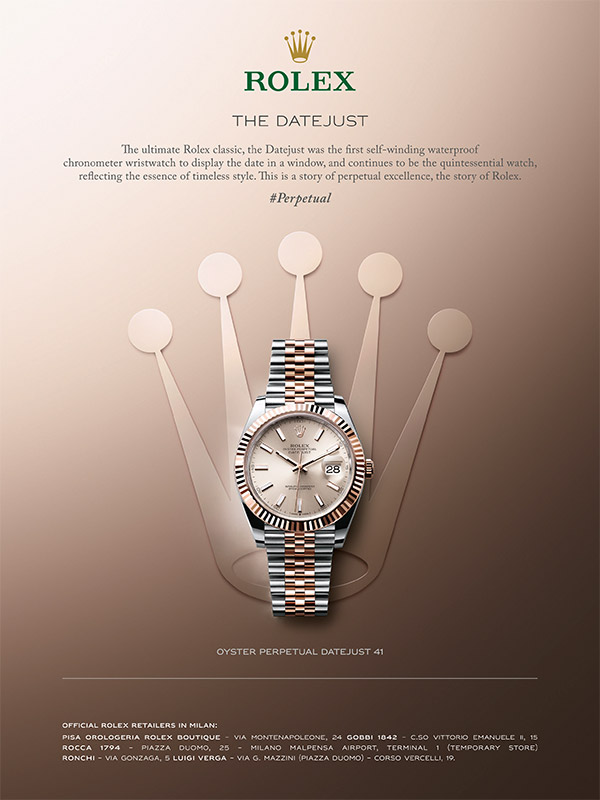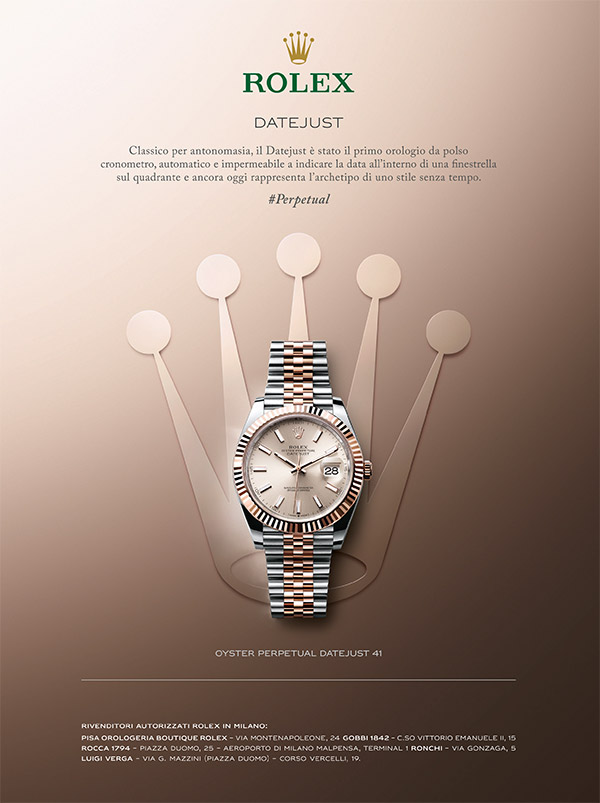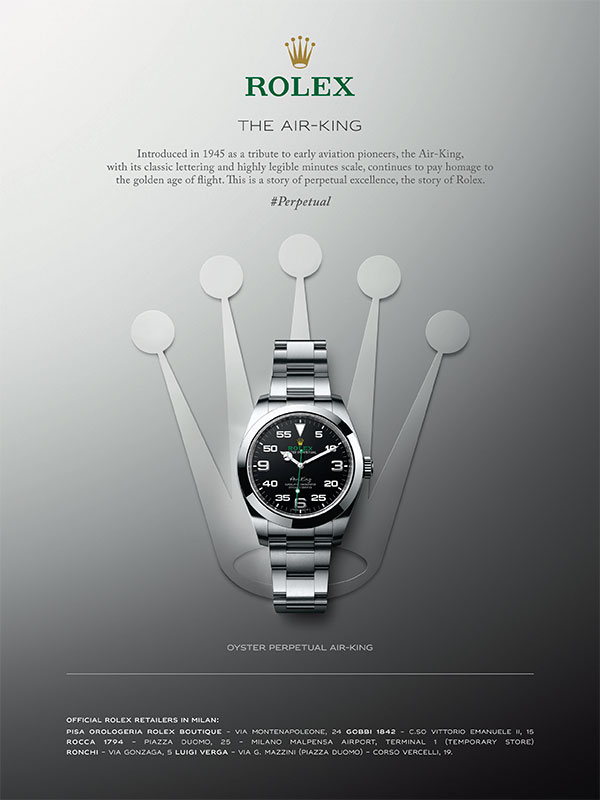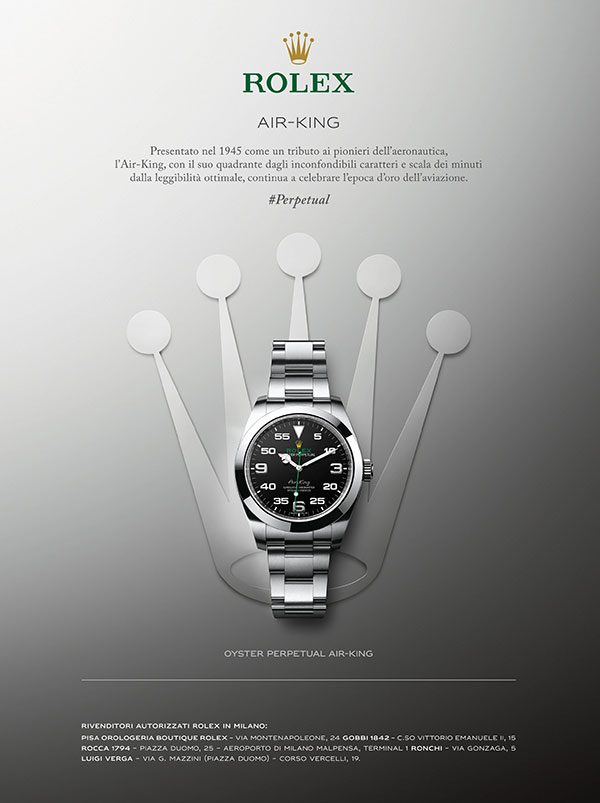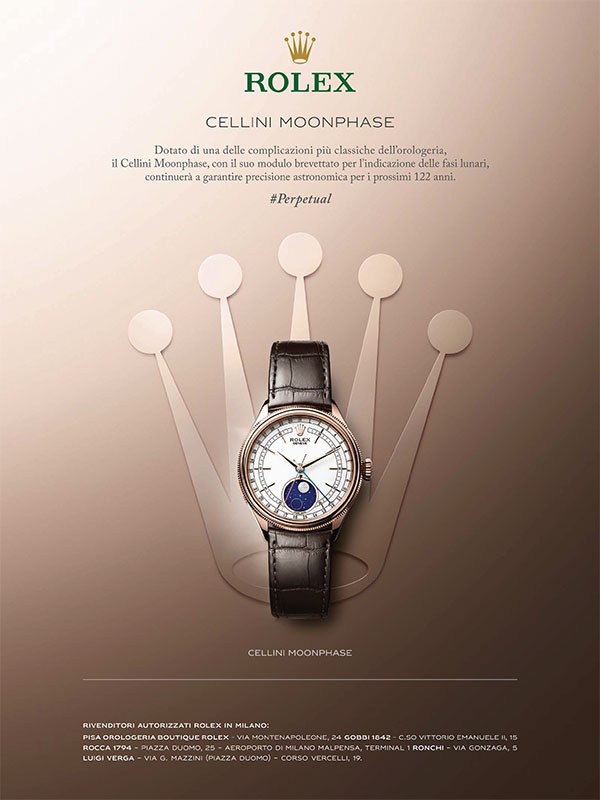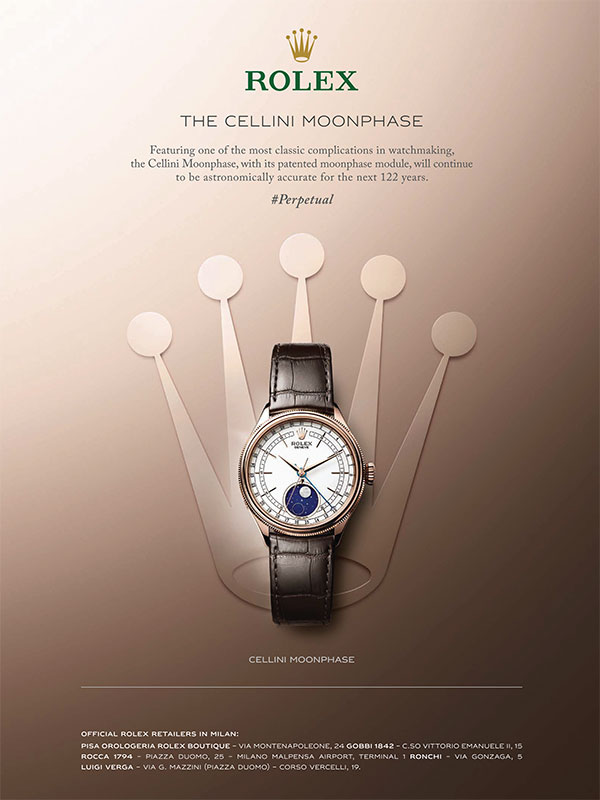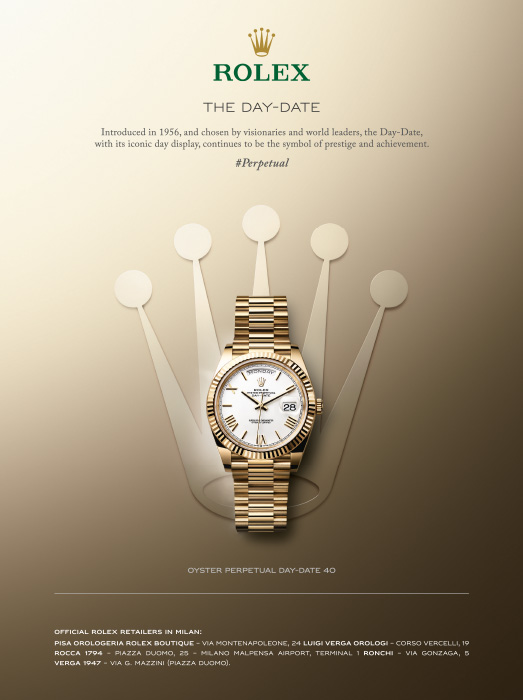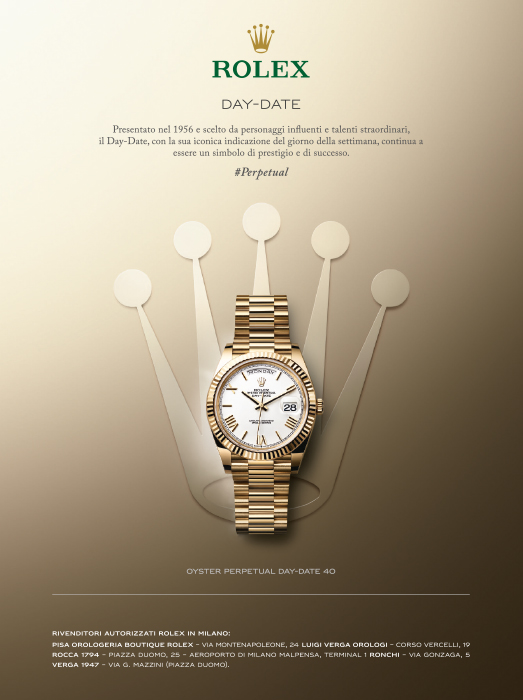What are the most typical Milanese dishes? What are "mondeghili", a Milanese-style risotto or a "cassoeula"? Whether you are a food lover wishing to improve your food culture or a foodie who wants to try the best of the Milanese cuisine, discover the best traditional dishes you can't miss during your stay in Milan and where to find them.
Milan offers a cuisine featuring a number of truly unusual flavours. Here is a brief guide to make sure that you don’t miss out on several of the city’s best and most typical recipes. From meat-based delicacies to risottos, up to typical main courses and mouth-watering sweet treats, we promise you’ll satisfy all your taste whims.
Risotto allo zafferano (Milanese-style risotto)
This is one of the few dishes boasting a specific “birth date”. In fact, legend has it that, on 8 September 1574, master glassmaker Valerio di Fiandra was presented with a dish of saffron-coloured rice at his daughter’s wedding feast after which time it became an iconic dish of Milanese cuisine. Master Chef Gualtiero Marchesi has transformed this delicacy into a real work of art, with the addition of a square of edible gold leaf! We also suggest trying its crunchier version: so-called “riso al salto”.
Try the creative dishes signed by Michelin-starred chef Carlo Cracco at his restaurant Cracco in Galleria Vittorio Emanuele.

Address: Galleria Vittorio Emanuele II
Public Transport: M1 (red line) – M3 (yellow line) Duomo
www.ristorantecracco.it
Cotoletta alla milanese
Mentioned for the first time in 1500 at the court of the Sforza, its “invention” was a source of contention with the Viennese who laid claim to its origin. According to the traditional recipe, the veal slices used should be at least as thick as a finger, coated in egg and bread crumbs and deep fried in butter.
One of the best places to eat breaded veal cutlets in Milan is at “Giannino” or at the “Al Garghet” restaurant.

Giannino
Address: via Vittor Pisani, 6
Public Transport: M3 (yellow line) Repubblica
gianninoristorante.it
Al Garghet
Address: via Selvanesco, 36
Public Transport: M2 (green line) Abbiategrasso
algarghet.it
Tripe (or busecca)
A hearty winter dish that will keep the cold out, its main ingredient is the stomach lining of sheep or cows. It was originally served to celebrate special occasions in the peasant world.
Upgrades include the addition of oysters and caviar and can be sampled at gourmet osteria, “Al Pont de Ferr” at the Navigli district.

Address: Ripa di Porta Ticinese, 55
Public Transport: M2 (green line) Porta Genova F.S.
www.pontdeferr.it
Cassoeula
Acccording to the history books, composer and conductor Arturo Toscanini was mad about this dish made from pork (sausages, pork rinds and spare ribs) and cabbage.
For a taste of old-world Milan, suggest you try it at “Antica Trattoria della Pesa” in Via Pasubio.

Address: Viale Pasubio, 10
Public Transport: M2 (green line) – M5 (purple line) Garibaldi F.S.
www.anticatrattoriadellapesa.com
Mondeghili
Small meat balls fried in butter and oil and a signature dish of renowned chef Bruno Barbieri who has made them an art form.
You can taste the traditional Milanese meat balls at “Al Matarel”.

Address: via Laura Solera Mantegazza, 4
Public Transport: M2 (green line) Moscova
www.almatarel.it
Panettone
Boasting 500 years of tradition, panettone is a type of large, sweet bread, leavened very slowly and enriched with raisins and candied fruit. According to history, the tradition of panettone is documented by a manuscript conserved at the Biblioteca Ambrosiana dating back to the 15th century. Already at that time, on the night of 24 December, it was customary for the pater familias to place a huge log in the fireplace and to slice the large loaf of bread which he then distributed among those present. From a gastronomic point of view, the distinguishing feature of panettone is that it is leavened two or three times. Its golden colour derives from the skilful combination of butter and egg yokes, while its overall beauty is completed by the orange, green and brown notes resulting from the addition of candied fruit and raisins. The gourmet trick is to warm it for a few minutes in front of an open oven or on top of a radiator before serving it.



